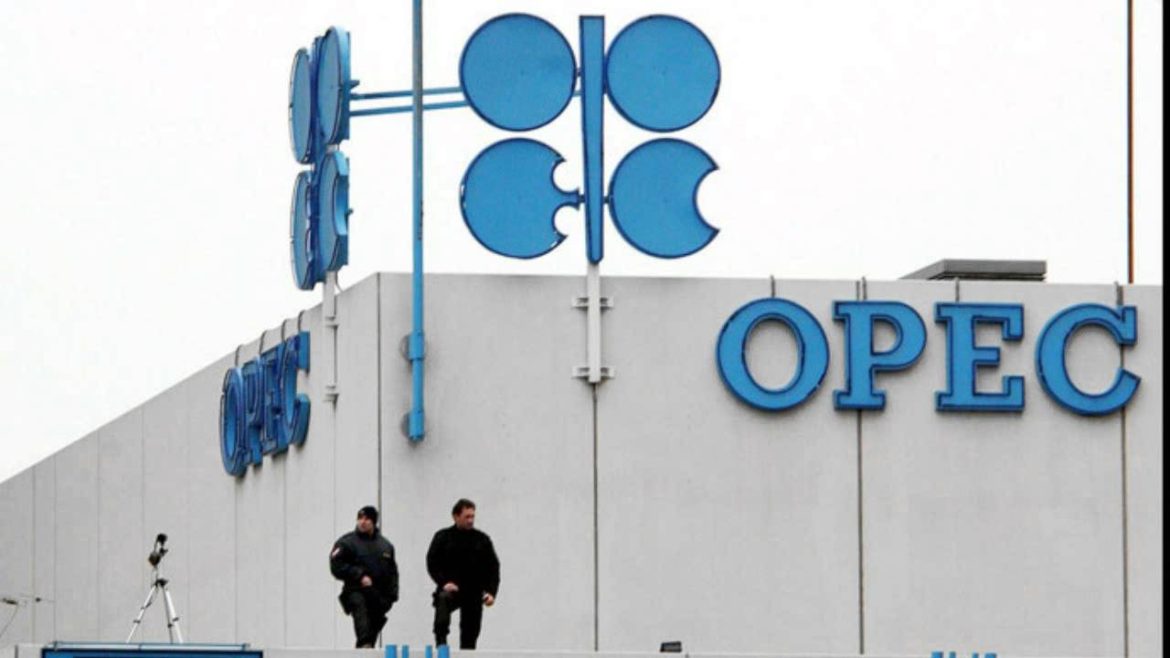U.S. West Texas Intermediate (WTI) crude oil futures were at 56.31 dollars per barrel at 0740 GMT, down 28 cents, or 0.5 per cent, from their last settlement.
Brent crude futures were at 65.37 dollars per barrel, down 30 cents, or 0.5 per cent.
“Near term … it is hard to get very bullish on oil prices.
“The market is still working off the surpluses built in H2 2018, keeping OECD commercial inventories stuck above the five-year average,’’ said energy analysts at the economic research firm TS Lombard.
Oil demand growth has been flagging along with an economic slowdown, especially in Europe and Asia.
“There are plenty of signs that the global economy is slowing – weak car sales and manufacturing data from China, flat growth in Europe, and a slowing GDP rate in the fourth quarter for the U.S.,’’ said Matt Stanley, a broker at Starfuels in Dubai.
China said on Tuesday it was targeting economic growth of 6.0 to 6.5 per cent in 2019, down from the 6.6 per cent growth reported last year, which was already the lowest in decades.
Optimism that the U.S. and China will soon end their bitter trade disputes has offered some support.
China’s Commerce Minister, Zhong Shan, said on Tuesday that trade talks with the U.S. have been difficult but that working teams from both countries are continuing with their negotiations.
To prop up the market, the Organisation of the Petroleum Exporting Countries (OPEC) has led efforts since the start of the year to withhold around 1.2 million barrels per day (bpd) of supply.
The group was due to decide in April whether to continue withholding supply, but OPEC sources said this week a decision would likely be delayed until June, meaning cuts will continue at least until then.
The OPEC-led supply curbs, as well as U.S. sanctions against its members Iran and Venezuela, come at the same time as U.S. crude output chases ever new records, rising by more than 2 million barrels per day (bpd) since early 2018 and above 12 million bpd for the first time in February.
The cuts to OPEC supply have pushed up the Brent international crude price benchmark due to a shortage of the heavy crudes that OPEC mostly produces.
At the same time, the surge in U.S. output is weighing down U.S. WTI prices as there is ample supply of America’s mainly light crudes.
Because of this, energy researchers at TS Lombard said “the Brent-WTI spread can be expected to stay wide’’.
WTI’s front-month price spread to Brent has declined from near parity in 2016 to an average discount of 8.50 dollars per barrel since the start of 2019.
During the same time, U.S. crude output has risen by almost 3 million bpd.









